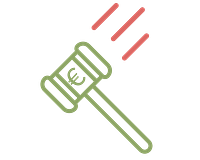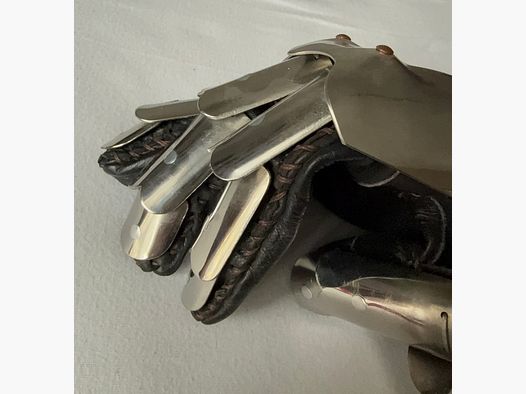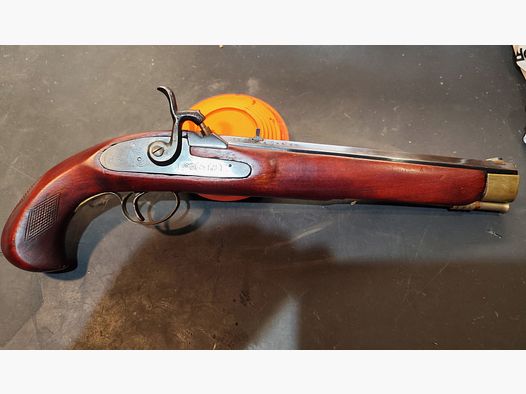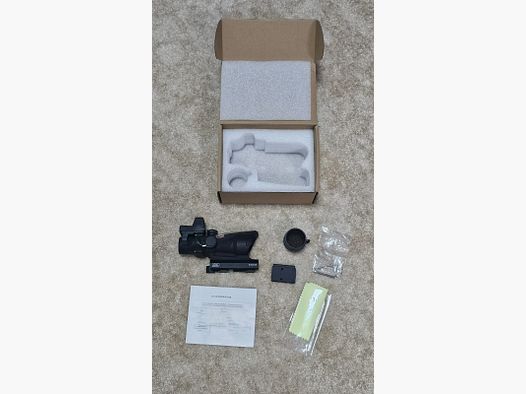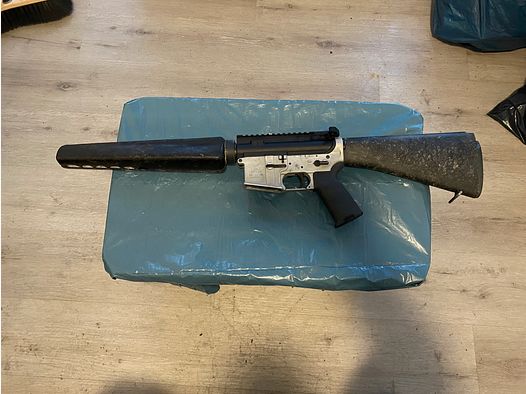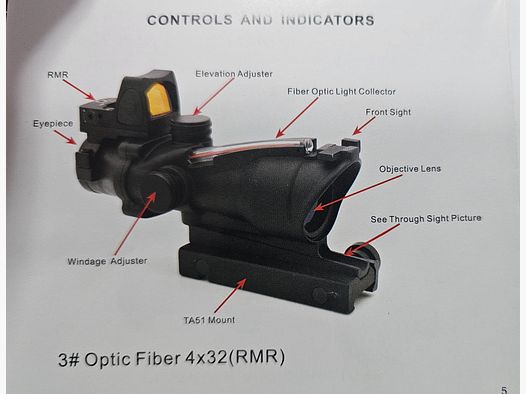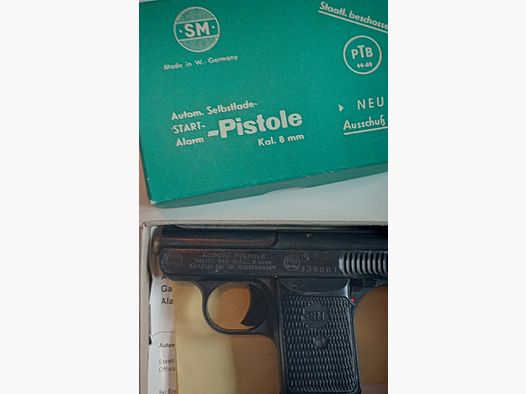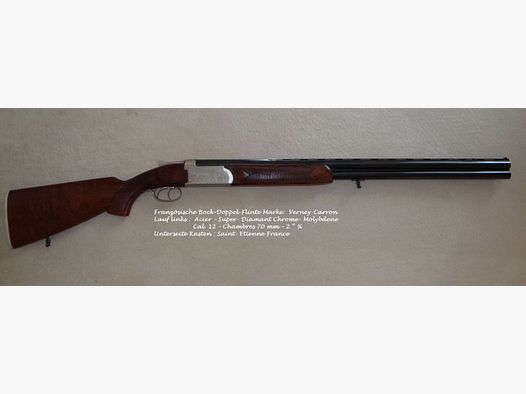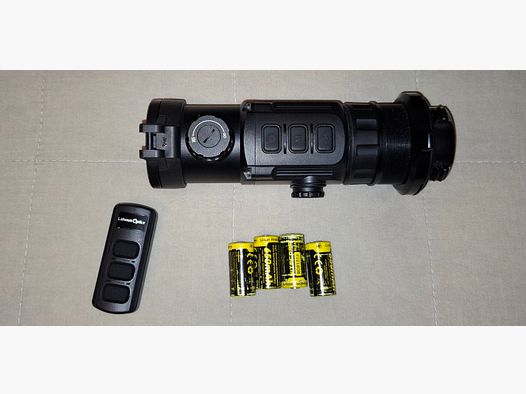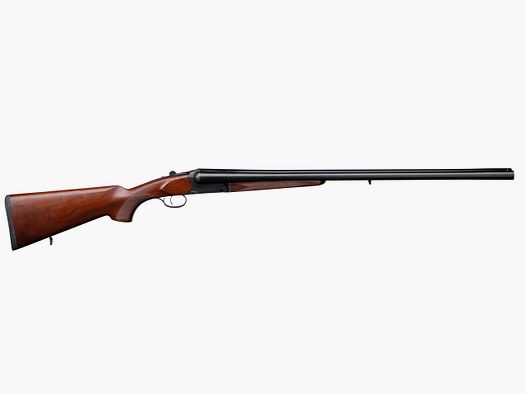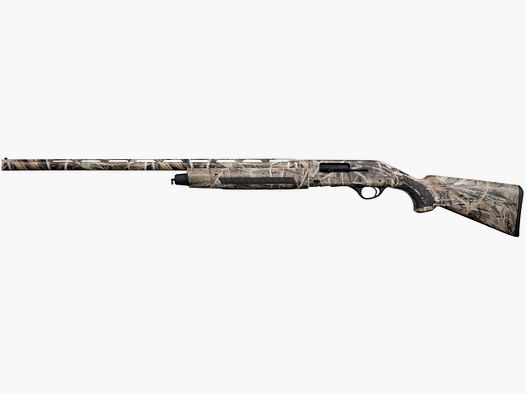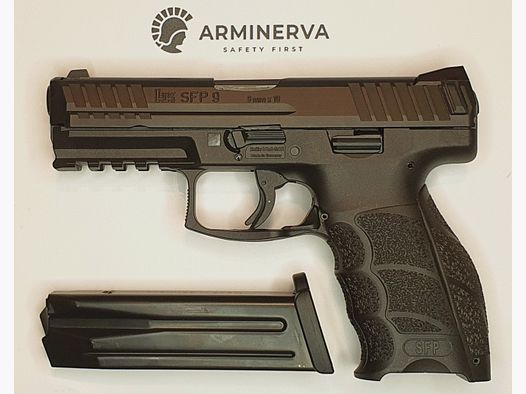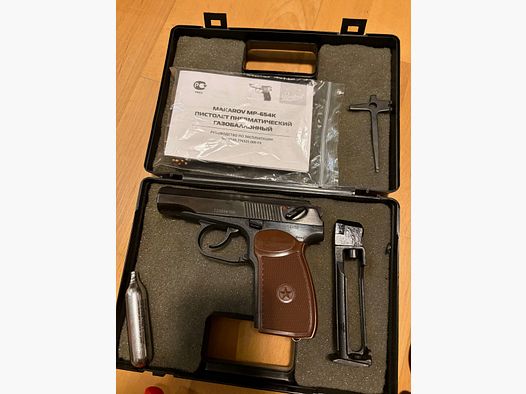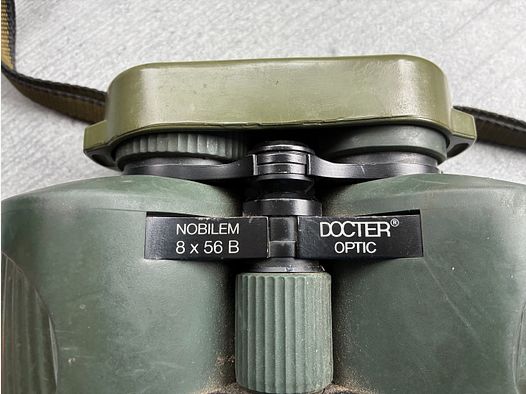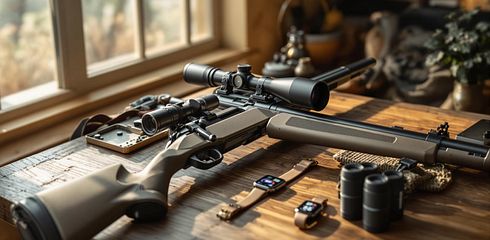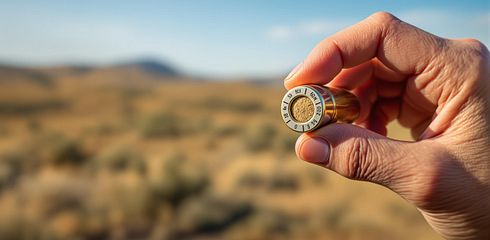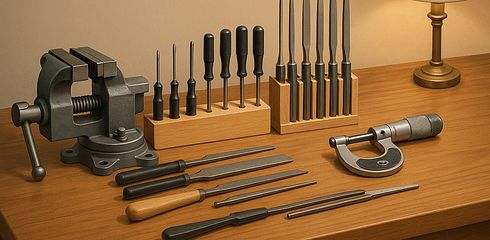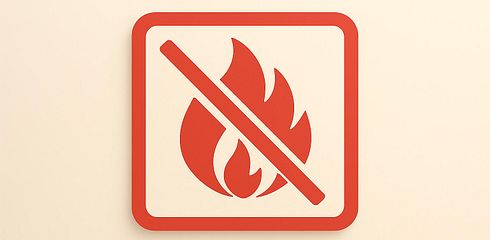The choice of the right material for bullet jackets affects precision, barrel wear, and costs. Here are the main options summarized:
- Copper: Excellent malleability, corrosion-resistant, ideal for precise and lead-free ammunition. More expensive but durable.
- Brass: Copper-zinc alloy, robust and cheaper than pure copper. Suitable for high-speed ammunition.
- Brass: Flexible, durable, and easy to recycle. Popular among sport shooters and reloaders.
- Copper-coated steel: Cost-effective, reduces barrel wear, preferred for military applications.
- Polymer coatings: Environmentally friendly, inexpensive, ideal for pistol ammunition, but less suitable for high speeds.
- Monolithic materials: Made from a single piece, lead-free, expensive but ideal for hunting and long-range shots.
Comparison table of materials:
| Material | Density (kg/m³) | Hardness (MPa) | Cost | Main Application |
|---|---|---|---|---|
| Copper | approx. 8,960 | approx. 36.9 | High | Precision ammunition, lead-free |
| Brass | approx. 8,780 | 146 | Moderate | Hunting bullets, high speeds |
| Brass | 8,400–8,700 | 55–73 | Moderate | Sport shooting, reloading |
| Copper-coated steel | approx. 7,850 | 170–220 | Cheap | Military ammunition, armor-piercing |
| Polymer coatings | Light | Low | Very cheap | Pistol ammunition |
| Monolithic materials | Variable | High | Very high | Hunting, long-range |
Conclusion:
Copper and brass offer the best performance, while copper-coated steel is cost-effective. Polymer coatings are ideal for pistols, and monolithic materials excel in specialized applications like hunting. Choose the material based on your needs and budget.
The Differences Between Full Metal Jacket, Hollow Point, Zombie Max, and S&W 500 - Let's Shoot #104
1. Copper
Pure copper is the basis for many modern bullet jackets and is often considered the ideal material for this purpose. Its excellent malleability allows for the production of precise jackets.
"Copper is an almost ideal metal for making bullet jackets. It's relatively cheap (a little less so in recent decades), it's malleable, and when properly heat treated, it does not have a lot of 'spring back' when it's being formed." – Paul Feist, NRA instructor, Life Member, Gun Collector, Competitive Shooter, and Author
A major advantage of copper is its optimal friction coefficient, which improves glide in the barrel. Unlike iron or steel, copper is also corrosion-resistant and does not rust.
In terms of expansion, copper also excels: Bullets with copper jackets mushroom upon impact in a controlled manner and typically retain 90–100% of their weight. In comparison, lead bullets often lose 30–50% of their weight.
However, copper bullets are more expensive. They cost about 30–65% more than lead bullets. This price difference is justified by the increased performance and durability. Another plus: Copper is non-toxic and therefore a preferred choice in regions where lead ammunition is banned.
Copper-jacketed bullets show their strengths especially at high speeds. While lead bullets reach their limits at over 300 m/s (1,000 FPS), copper remains stable thanks to its heat resistance, allowing for higher pressures in the firing system.
In the next section, we will take a look at the properties of brass as an alternative.
2. Brass
Brass is a copper-zinc alloy with a high copper content of 80% to 97% and a zinc content between 5% and 20%. This special composition gives the material a gold-like appearance and excellent processing properties, making it particularly suitable for bullet jackets.
The physical properties of brass speak for themselves: It has a density of about 8,780 kg/m³, a tensile strength of 445–525 MPa, a hardness of approx. 146 MPa, and a melting point of 1,045 °C. These values make it ideal for applications where stability and ease of processing are required.
Brass can be easily processed with simple hand tools. Whether punching, cutting, enameling, or engraving – the material allows for precise and versatile manufacturing options, making it a preferred choice for the production of bullet jackets.
A practical example of the use of brass can be found in the Swedish Armed Forces, which have used brass-coated steel jacketed bullets for the Carl Gustav m/45 submachine gun.
Economically, brass is also attractive. With a price of about 7 to 7.90 € per kilogram (with a minimum order of 3,000 kg), it offers a cost-effective alternative to pure copper.
Thanks to its combination of copper and zinc, brass is particularly well-suited for full metal jacket (FMJ) and hollow point bullets with jackets. It combines the positive properties of copper with the improved hardness due to the zinc content – an ideal solution for numerous applications.
In the next section, we will take a closer look at brass, another commonly used alloy.
3. Brass
Brass is an alloy of copper and zinc, with proportions that can be adjusted depending on the desired properties. A higher copper content makes the material softer and gives it a golden hue, while a higher zinc content increases hardness and produces a silvery shine. This flexibility makes brass particularly versatile.
An example is cartridge brass, which consists of 70% copper and 30% zinc. It is often used for bullet jackets because it has outstanding cold-forming properties and has proven itself in ammunition manufacturing. With a melting point of 900 to 940 °C, brass is also easy to cast and is more malleable than bronze or pure zinc.
The mechanical properties of brass make it ideal for the manufacture of bullet jackets. It offers high deformability, durability, and good electrical and thermal conductivity. Particularly leaded brass is in demand for complex shapes, as it allows for precise and fast processing.
An interesting application is CuZn10 brass, which consists of 90% copper and 10% zinc. Studies show that this alloy is successfully used in 12.7 mm AP bullets, including armor-piercing ammunition. This underscores the versatility of brass in specialized applications.
Economically, brass is priced between cheaper materials like steel and more expensive ones like pure copper. While steel-jacketed ammunition is often cheaper, brass offers the advantage of reusability. For example, a 9 mm cartridge with an aluminum case costs about 0.23 €, while a cartridge with a brass case is around 0.24 €. This small price difference is offset by the reloadability and durability of brass.
Another advantage of brass is its recyclability. Almost 90% of all brass alloys are recycled, making the material both economically and ecologically interesting. This sustainability plays an important role in modern ammunition production.
Thanks to its balance of hardness, deformability, and cost, brass is particularly suitable for full metal jacket bullets and special applications. Additionally, aluminum additives can further improve strength and corrosion resistance, which expands the range of applications for brass.
In the next section, we will look at copper-coated steel, a material combination that combines the advantages of both substances.
4. Copper-coated Steel
Copper-coated steel combines the cost-effectiveness of steel with the practical advantages of copper. This material solution not only offers significant cost savings but also technical improvements, which will be described in more detail below.
The most striking advantage is the significant reduction in material costs. By using a steel core coated with a thin layer of copper, manufacturers can reduce their expenses by up to 90%. These savings make copper-coated steel particularly attractive for military and civilian applications.
"Copper-clad steel retains brass's key benefits, including smooth ejection and thermal expansion properties, while the steel core provides structural strength." – SLXCL
The steel core provides strength and stability, while the copper coating offers additional benefits such as corrosion resistance and malleability. Additionally, the copper layer serves as a protective barrier between the hard steel core and the barrel, reducing the risk of damage to the barrel and feeding malfunctions. Interestingly, copper oxides are harder than the steel typically used for rifle barrels.
"Copper plating offers a variety of benefits due to its malleability, conductivity, corrosion resistance, lubricious and anti-bacterial qualities." – Surface Technology
The applications for copper-coated steel are diverse. In the military sector, the material is particularly in demand, as large quantities of cost-effective ammunition are needed. But it is also gaining importance in the civilian sector, such as among sport shooters who rely on affordable alternatives.
Another advantage lies in resource conservation. By reducing the use of pure copper, this valuable material remains available for other important applications such as electronics or infrastructure. At the same time, steel is widely available and easier to recycle.
The thermal properties of copper-coated steel are also convincing. The material retains the thermal expansion properties of brass, ensuring reliable functionality under various temperature conditions – a crucial aspect for military applications.
Copper-coated steel demonstrates how engineering can meet economic and ecological challenges without compromising performance. This combination of cost-effectiveness, functionality, and resource conservation makes it a promising solution for ammunition manufacturing.
In the next section, we will discuss the advantages of copper-nickel alloys.
5. Copper-Nickel
Cupronickel, an alloy of copper and nickel, typically consists of 60 to 90% copper. The most commonly used mixtures are 90/10 and 70/30.
One of the outstanding properties of cupronickel is its natural corrosion resistance. The alloy forms a thin protective layer that makes it resistant to stress corrosion cracking, crevice corrosion, and hydrogen embrittlement.
Cupronickel also has much to offer mechanically: it remains flexible even at low temperatures, conducts heat efficiently, and can be welded without much difficulty.
In the past, cupronickel was often used for bullet jackets. However, it was replaced by gilding metal to minimize deposits in the barrel. Nevertheless, cupronickel remains in demand for certain niche applications, especially due to its specific material advantages.
Interestingly, cupronickel loses the typical copper color due to the nickel content, which visually distinguishes it from pure copper.
Today, cupronickel is primarily found in Full Metal Jacket (FMJ) bullets. These bullets, which often have a jacket made of copper or nickel-containing alloys, are used for target practice, training, competitions, and also in hunting – especially when deep penetration is more important than expansion.
In terms of price, cupronickel falls between pure copper and cheaper alternatives like steel. Thus, it offers a middle ground between the higher costs of copper and the savings from steel. This balance makes it attractive for special applications.
Cupronickel impressively shows how the combination of different metals can produce unique properties that are ideal for specific purposes – even if other materials are often more practical in practice.
In the next section, we will take a look at modern developments in aluminum alloys.
sbb-itb-1cfd233
6. Aluminum Alloys
Aluminum alloys score points with their combination of low weight, strength, and corrosion resistance, making them attractive for certain applications. However, they are rarely used as pure jacket material due to their low density.
With a weight that is about 2.5 times less than that of steel, aluminum allows for significant weight savings. However, this lightness comes at a price: a pure aluminum bullet quickly loses speed and precision due to its lack of necessary mass.
Particularly the 7XXX series of aluminum alloys – including types like 7075, 7050, and 7158 – are valued in the firearms industry. Their high strength and pressure resistance make them a preferred choice for certain components of firearms.
Aluminum is also cheaper than brass or steel, offers excellent thermal conductivity, and effectively protects against corrosion through natural oxidation. Its good formability facilitates the production of complex designs.
However, a disadvantage is the lower tensile strength, which increases the likelihood of case cracks with repeated use and can exacerbate wear on the chamber and feed ramp.
In recreational shooting as well as in competitions and training sessions, aluminum alloys are frequently used. They are not only rust-resistant but also benefit from improved surface hardness through anodizing. Nevertheless, aluminum remains a material for special cases in bullet jackets. It is primarily used when a specific focus needs to be shifted or special effects upon impact are desired.
In the next section, we will focus on modern polymer coatings, which take a completely different approach to bullet jackets.
7. Polymer Coatings
Polymer coatings are a modern alternative to traditional metal jackets. Special polymers are used to envelop the entire projectile – usually made of lead. The result? A lower-friction performance and an overall smoother shooting process.
A major advantage of this technology lies in the reduction of pollutants. While conventional lead bullets release toxic gases, polymer-coated bullets eliminate this risk entirely. At the same time, lead exposure for reloaders is significantly reduced.
The coatings prevent deposits of lead and copper in the barrel. The reduced friction also lowers heat generation in the barrel. This improved lubrication minimizes feeding malfunctions and ensures a cleaner shooting experience. They also score points from an economic perspective.
Polymer-coated bullets are significantly cheaper than jacketed variants. Reloaders report that the costs for these bullets are only about one-third of the prices of jacketed bullets. On average, the costs are around 82 to 84 € per thousand.
In the competitive field, these bullets are also gaining popularity. At the USPSA championships in 2023, no participant used pure lead bullets. In the revolver division, even 76% of shooters opted for polymer-coated lead bullets.
However, there are also limitations: The polymers can melt at high speeds. Therefore, polymer-coated bullets are primarily suitable for pistols, whose bullet speeds are below 2,000 fps (about 610 m/s). However, they are an optimal choice for handguns.
Another feature of these bullets is their often bright coloring. They are frequently referred to as "Total Synthetic Jacket." However, caution is advised when reloading – damage to the coating can affect precision.
Polymer-coated bullets have also proven themselves with Major Power Factor loads. They leave no residues in compensators or muzzle brakes, virtually eliminate smoke generation, and prevent lead deposits. No wonder experienced shooters are increasingly turning to this technology.
Next, we will turn our attention to monolithic materials – another modern approach in bullet construction.
8. Monolithic Materials
Monolithic bullets are made from a single, continuous material – without the classic core-jacket construction. This design offers special ballistic properties and is primarily used for specialized applications. It represents an interesting alternative to the previously described jacket techniques.
Copper and copper alloys are most commonly used in the manufacture of monolithic bullets. Brass, a material that has proven itself in conventional jackets, also shows excellent properties in this design, particularly regarding weight retention. In addition to these materials, other metal alloys are used when precision is of utmost priority.
A significant advantage of monolithic bullets is their impressive weight retention. They retain about 99% of their original weight, while lead-jacketed bullets often only show around 60% after impact. This property ensures deeper penetration, making them particularly effective. However, there are also challenges: The lower density of copper and brass compared to lead means that monolithic bullets are longer at the same weight. This can play a role in the choice of ammunition and the appropriate twist rate of the barrel.
Well-known representatives of monolithic bullets include the Barnes Triple-Shock X (TSX), Tipped TSX, and Long-Range X, the Hornady Gilding Metal eXpanding (GMX), and the Nosler E-Tip. While Barnes relies on pure copper, Hornady and Nosler use solid brass.
Another feature of these bullets is relief grooves. They reduce pressure and minimize barrel fouling. Nevertheless, monolithic bullets often leave more copper deposits than conventional variants.
For reliable expansion, these bullets require higher speeds: While lead-jacketed bullets expand at speeds as low as 1,500 fps (457 m/s), the threshold for copper is at 1,700 fps (518 m/s) and for brass even at 1,800 fps (549 m/s).
Another aspect is the cost. Lead-free monolithic ammunition is significantly more expensive than lead-containing alternatives. The reason lies in the complex and elaborate manufacturing process.
Monolithic bullets are particularly suitable for hunting large game, where deep penetration and controlled expansion are crucial. They are also appreciated for long-range shooting and are an ideal choice in regions that mandate lead-free ammunition. However, they can be more demanding when reloading and often require a deeper seating depth to ensure optimal precision.
On Gunfinder, you will find a wide selection of monolithic ammunition from manufacturers like Barnes, Hornady, and Nosler. This way, you can discover the suitable lead-free option for your hunting or sporting applications.
Comparison of Material Properties
The key material properties are crucial for the performance of a bullet – here is an overview.
The density and ballistic properties play a central role. Copper has the highest density at about 8,960 kg/m³, closely followed by brass at 8,780 kg/m³. Brass lies between 8,400 and 8,700 kg/m³, while copper-coated steel has the lowest density at around 7,850 kg/m³.
The hardness affects both the behavior upon impact and the stress in the barrel. Copper-coated steel achieves the highest values at 170–220 MPa and is particularly suitable for armor-piercing applications. Brass is around 146 MPa, while brass (55–73 MPa) and copper (approx. 36.9 MPa) are significantly softer.
| Material | Density (kg/m³) | Hardness (MPa) | Cost | Main Application |
|---|---|---|---|---|
| Copper | approx. 8,960 | approx. 36.9 | Moderate | Precision ammunition, monolithic bullets |
| Brass | 8,780 | 146 | Moderate | High-speed ammunition, hunting bullets |
| Brass | 8,400–8,700 | 55–73 | Moderate | Standard ammunition, sport shooting |
| Copper-coated steel | approx. 7,850 | 170–220 | Low to moderate | Military ammunition, armor-piercing bullets |
Cost factors vary depending on the material. Copper-coated steel often offers particularly good value for money, especially in large production quantities. Copper, brass, and brass are in a moderate price segment, with raw material prices playing a crucial role. These differences influence the choice of material depending on the application, whether for military purposes or competitive sports.
"The higher speeds of modern firearms require the encapsulation of lead in a harder jacket made of brass (a copper-zinc alloy)." – Gunter Hick
New developments are bringing alternative materials into play. Polymer jackets protect against abrasive wear, corrosion, and chemicals while simultaneously reducing friction. Aluminum alloys, particularly from the 5000 series, offer excellent corrosion protection but have lower wear resistance. These options are increasingly gaining importance to meet the demands of modern firearms.
For long-range shots, heavier bullets with a higher ballistic coefficient are ideal, as they allow for more precise hits. Many high-performance bullets today also reliably expand over a distance of 800 yards with deer-sized game. These properties are crucial for choosing the optimal ammunition for specific applications.
On Gunfinder, you can find ammunition with various jacket materials – from classic brass bullets to modern monolithic variants. This way, you can select the material that best fits your requirements.
Conclusion
The choice of the appropriate jacket material heavily depends on your specific application. Copper and brass offer an ideal mix of hardness and malleability, while copper-coated steel represents a cost-effective alternative. Brass remains popular among sport shooters and reloaders as it is gentle on the barrel. Modern polymer coatings score points with their low weight and cost-effectiveness. Every decision affects not only performance but also the costs and long-term profitability of your ammunition.
For large quantities, copper-coated steel often offers the best value for money. Copper and brass, on the other hand, justify their higher costs with better ballistic properties. Aluminum alloys impress with their low weight, corrosion resistance, and affordable prices. In addition to costs, the ballistic properties are also crucial.
When it comes to long-range shots, heavier materials like copper or brass are particularly suitable, as they enable more precise hits due to their higher ballistic coefficients.
On Gunfinder, you can discover ammunition with all common jacket materials. With the practical filters, you can quickly find the right ammunition for your caliber. Over 100 dealers offer their products, allowing you to conveniently compare different materials and manufacturers.
FAQs
Why is copper often used for bullet jackets and what advantages does it offer?
Copper is often used for bullet jackets because it offers a number of practical advantages:
- High density: This provides improved penetration power and increases precision when shooting.
- Efficient thermal conductivity: Copper quickly dissipates the heat generated when firing, preventing overheating of the weapon.
- Resistance to corrosion: It protects the bullets from rust and extends their lifespan.
Due to these properties, copper is an excellent choice for precise and performance-oriented ammunition that meets high demands in both sport shooting and hunting.
Why are monolithic bullets more expensive and when do they particularly pay off?
Monolithic bullets come at a price – and for good reason. They are made from high-quality materials like copper or special alloys that not only provide high density but also enormous strength. This ensures excellent ballistic properties and prevents the bullet from deforming significantly upon impact. Another advantage: Many of these bullets are lead-free, making them more environmentally friendly and a significant plus in today's time.
These bullets are the first choice when precision and penetration power are crucial. Whether hunting large game or in situations that require high penetration – they deliver reliable results. Additionally, they preserve the game meat, making them a sustainable and effective option for hunters with high standards.
How do the materials of bullet jackets influence costs and performance in long-range shooting?
The Choice of Material for Bullet Jackets
The material of a bullet jacket has a direct impact on the costs and performance of the ammunition – especially when shooting over long distances. Copper jackets generally offer better penetration power and ensure a more stable trajectory. This makes them ideal for long-range shots. However, they are more expensive to produce, which drives up the overall costs of the ammunition. Lead bullets are cheaper but often do not achieve the same precision or ballistic properties as their copper counterparts.
Additionally, the choice of material affects the deformation upon impact – a crucial aspect for hunting. High-quality materials can improve effectiveness when taking down game and positively influence the quality of the game meat. However, these advantages often come with higher costs, a point that hunters and sport shooters should carefully consider in their decision-making.


